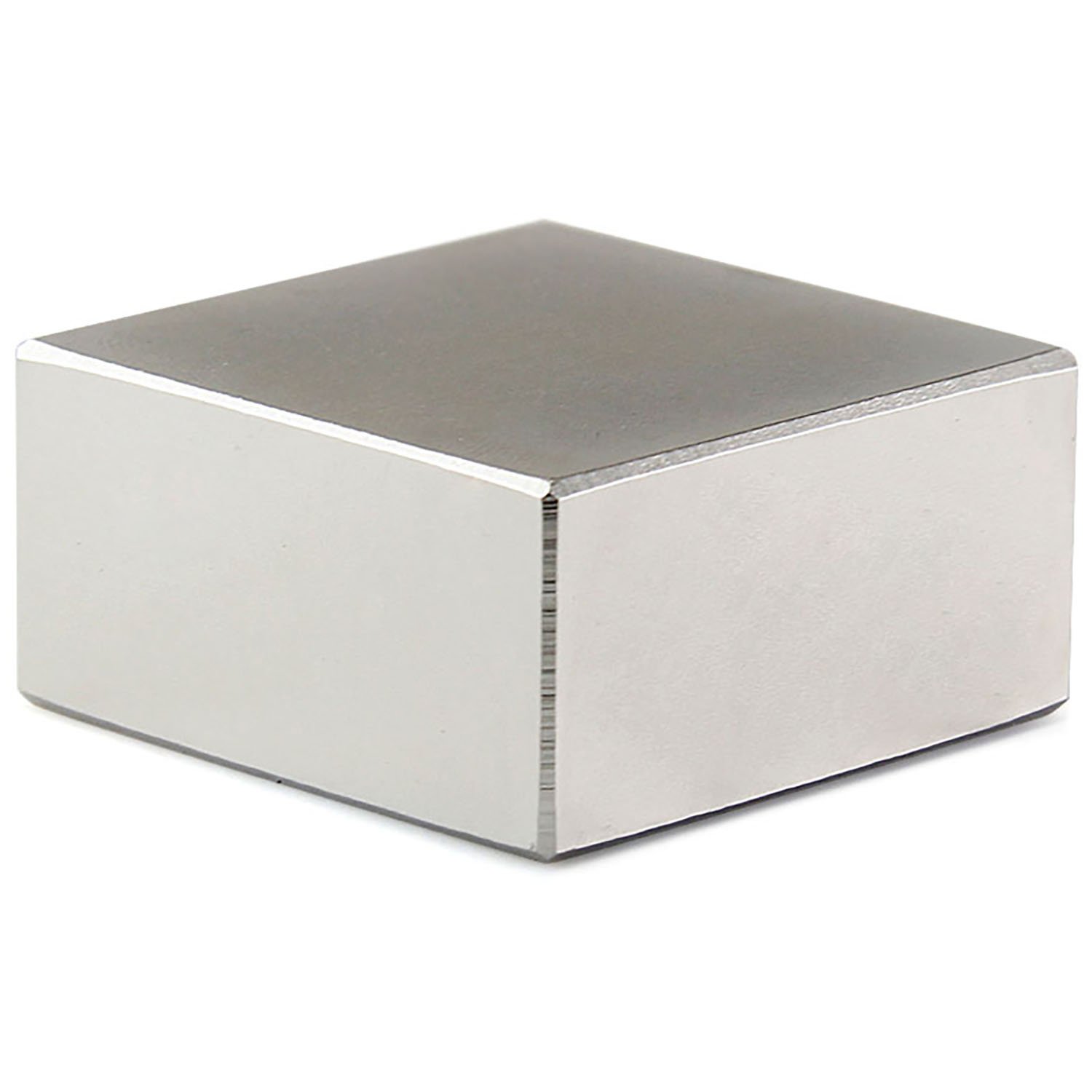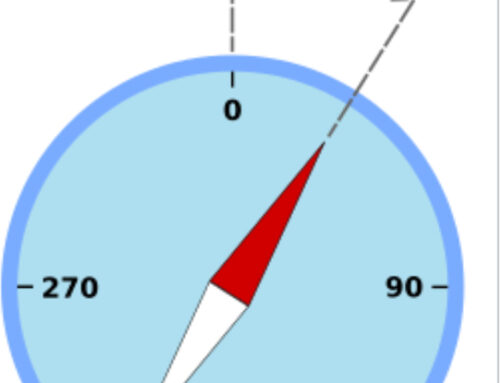What is neomagnet?
Have you ever wondered what gives electric vehicles their power or your phone its vibration? It’s probably a neodymium magnet at work.
Neodymium magnets—also known as neomagnets—are the strongest type of permanent magnets made from neodymium, iron, and boron (NdFeB).

They are small but powerful, and they are found in countless devices we use every day.
What is neomagnet made of?
Not all magnets are created equal—some are made with rare-earth elements for extreme performance.
Neomagnets are composed of neodymium (Nd), iron (Fe), and boron (B), forming the Nd₂Fe₁₄B structure that gives them exceptional magnetic strength.
Types and structure of NdFeB magnets
There are two main types of neodymium magnets:
- Sintered NdFeB: These are compacted and heated to achieve very high magnetic performance. They are widely used in motors, tools, and industrial devices.
- Bonded NdFeB: These are mixed with resin or polymer and molded into various shapes. They have lower magnetic strength but are easier to customize.
Their crystal structure is tetragonal, which enables strong magnetization in a fixed direction. This orientation is critical in applications that require reliable and focused magnetic output.
| Type | Magnetic Strength | Flexibility | Cost |
|---|---|---|---|
| Sintered NdFeB | Very high | Low | Higher |
| Bonded NdFeB | Moderate | High | Lower |
I’ve worked with customers choosing between bonded and sintered magnets for automotive sensors. Sintered magnets gave them better response time, while bonded options helped when design space was limited.
How strong is a neomagnet?
You might be surprised how powerful a tiny neomagnet can be.
Neodymium magnets are the most powerful commercial permanent magnets, with maximum energy products (BHmax) reaching up to 52 MGOe.
Magnetic properties of NdFeB
Neomagnets have several important magnetic properties:
- High Remanence (Br): Even after removing the external magnetic field, they retain strong magnetism.
- High Coercivity (Hc): They resist demagnetization from external magnetic forces or temperature.
- Temperature Performance: Standard grades operate up to 80°C, but special grades like “SH” or “EH” can handle 150–200°C.
| Grade | BHmax (MGOe) | Max Temp (°C) |
|---|---|---|
| N35 | 35 | 80 |
| N52 | 52 | 60 |
| N42SH | 42 | 150 |
In a recent wind power project, we supplied N52 magnets with a high BHmax to improve torque while reducing overall motor size. This helped reduce energy consumption by 10%.
How do you protect neodymium magnets?
They’re strong—but vulnerable. That’s why coatings are essential.
Neodymium magnets are prone to corrosion and typically require protective coatings like Ni-Cu-Ni, epoxy, or gold plating.
Surface treatment and coatings
The NdFeB material oxidizes easily in humid environments. That’s why coatings are critical, especially in medical or marine applications.
Common Coatings:
- Ni-Cu-Ni: Most popular and cost-effective.
- Epoxy: Black or gray coating for industrial use.
- Zinc: Economical, but less protective.
- Gold: Used in clean environments like medical implants.
For one client in the surgical instrument industry, we recommended gold-coated N42 magnets. They offered stable performance, biocompatibility, and a longer shelf life.
Where are neomagnets used?
Chances are, you use neomagnets every day—without even knowing it.
Neodymium magnets are used in electronics, electric vehicles, wind turbines, and medical devices because of their compact size and strong magnetic power.
Real-world applications
| Industry | Use Case |
|---|---|
| Consumer Electronics | Phone speakers, vibration motors |
| Automotive | EV motors, ABS sensors |
| Renewable Energy | Wind turbine generators |
| Healthcare | MRI machines, surgical tools |
| Industrial | Magnetic separators, lifting gear |
| DIY & Hobbyist | Magnetic clasps, science kits |
In my experience, one of the most exciting uses is in high-speed brushless motors. Neodymium magnets allow engineers to increase output without adding size or weight.
How should I handle neomagnets safely?
These magnets are powerful—but also brittle and risky if mishandled.
Handle neomagnets carefully to avoid injury, damage, or interference with electronics.
Safe handling tips
- Avoid skin pinching: They can snap together with surprising force.
- Keep away from electronics: They may disrupt data or damage devices.
- Use protective gear: Gloves and eye protection are recommended.
- Storage: Store magnets with spacers or in padded containers.
One customer had several cracked magnets during shipping. After switching to vacuum-sealed packing with foam spacing, they reported zero breakage in six months.
What about regulations and sustainability?
Rare-earth mining raises concerns—but regulations are tightening.
Neodymium magnets must meet environmental standards such as ROHS and REACH, and sourcing often requires conflict mineral declarations.
Environmental and compliance concerns
Mining rare earths like neodymium can damage ecosystems. That’s why many manufacturers, including us, partner with suppliers who follow:
- ROHS (Restriction of Hazardous Substances)
- REACH (Registration, Evaluation, Authorization, and Restriction of Chemicals)
- Conflict-Free Sourcing Initiatives
We recently had to help a European customer compile REACH documents for an NdFeB product line. We provided full traceability back to the mine, ensuring their import license went through without delay.
Conclusion
Neodymium magnets—or neomagnets—are the backbone of modern magnetism. Their strength, size, and versatility make them ideal for technology and energy solutions. But they must be handled and sourced responsibly.





Leave A Comment